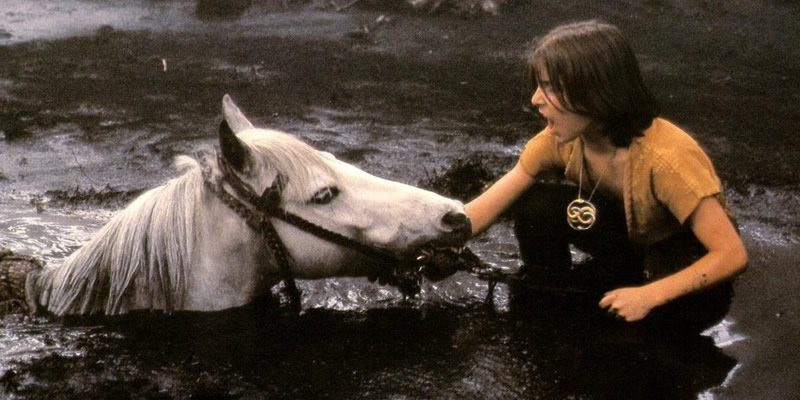

The DC to avoid the trap, or the attack roll of the trap, along with damage all go up, but the TN to notice it stays the same. Normal traps (outlined in the DMG) have a set difficulty to notice them, often Wisdom(Perception) but sometimes Intelligence(Investigation) or rarely Intelligence(Arcana), but it never goes up, it's completely static regardless of level, and the normal DC is 10-15 with an occasional 20. While in general I like the idea of passive checks, I think my issue comes with the execution in the system, especially with traps, but it can be applied to other situations I'm sure. It has come up in a game recently, so guess I am unfortunately going to rant slightly. "You noticed this one because it wasn't very well hidden, but the well made traps are harder to spot" would be the DM sidebar/take-away for the group. It basically is a way to teach new players that traps are a thing to look out for. To your question on a DC10, those are included in adventures early specifically because they are so easy to see.


(Including specific situations to notice doors in the dungeon in Omu, like only being able to notice it if within 5ft) I know in another thread that you'll be doing ToA soon, and in there it tells you exactly how each thing will be noticed.
#Dmg 5e traps Pc#
If you are homebrewing, you can use whichever method you want, but if you are using a published adventures I'd advise sticking with the method they use, which is that passive will detect regardless of if a PC is actively looking. Can't be seen passively, and any active search is done with disadvantage. There are a few that have specific guidelines mentioned, like the ToA traps that are covered in mud. This is due to the assumption (stated in the DMG) that some part of a secret door or trap can be seen/noticed without actively looking for it. Almost every trap, secret door, etc in published adventures state that they can be noticed passively. But since your question is on published adventures, it's very simple: Passive perception is considered "always on" in published adventures. The DMG states to roll for active checks, or you can use passive perception. There has been several threads about passive checks lately, and you'll find varying answers to this question. I've been reading up on Passive rules and I was wondering if Passive Perception is only for noticing creatures or can a person notice traps as well? I'm looking at some published adventure for lower lever players and that 10 DC traps seem awful easy to notice without much effort of concern when the average passive perception of the party is 12. Walking through a dungeon looking for traps, reminding the DM every time you enter a new room? DM can periodically ask for active Perception rolls each time you bug them (which very well may result in you rolling lower than your passive score), or can cut down on the need to constantly do that by saying "OK, you're using your passive perception score as you're constantly looking for traps." Even then though, I'd encourage that DM to ask "well how are you looking for traps?", leaving open the possibility that their passive perception ("scanning the floors for raised stones or trip wires") may not be relevant to a specific trap's warning signs (scorch marks around dark holes in the ceiling ahead).

Walking through a dungeon without looking for traps? No passive perception. It's a stand-in for Perception rolls, which should be used by the DM to represent the "average result for a task done repeatedly, such as searching for secret doors over and over again, or can be used when the DM wants to secretly determine whether the characters succeed at something without rolling dice, such as noticing a hidden monster." Passive perception is not always-on radar, or a floor for active checks.


 0 kommentar(er)
0 kommentar(er)
